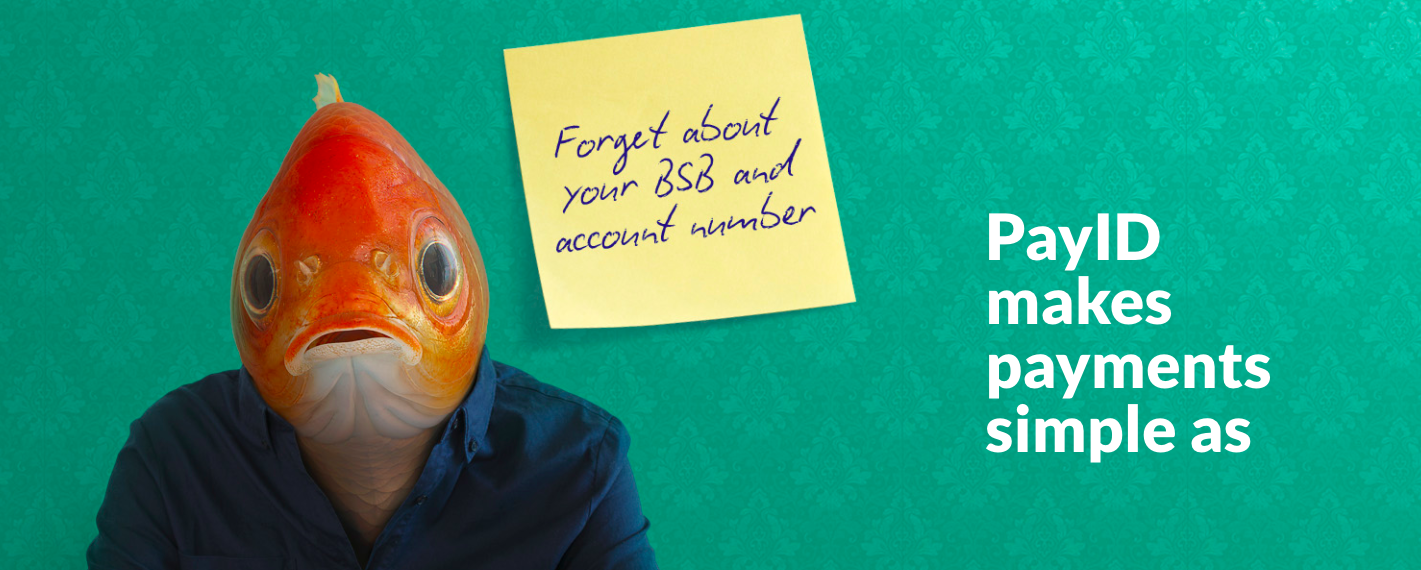From our Bloggers
PayID, a new way of payment identification in Australia
- Posted on October 16, 2020
- 5000 Views
- Print
- Download
-
- Share
By Karan Kapoor
Open Payments Coalition (the coalition), a multinational infrastructure, finance and non-profit partnership recently unveiled PayID, a new unified payment ID interface that simplifies connectivity for all customers and companies to send and receive funds through various payment networks and multiple currencies worldwide.
PayID is designed to promote, and put under one framework, interoperability between conventional finance and fin-techs. According to the alliance, the members cover more than 120 million users around the world and seek to crack down the hierarchical silos and protocols that already exist in payments, speed up the acceptance of digital payments and transform the way money is transported around the world.
A PayID is a new way to get your bank account identified. It's meant to be simpler and easier to recall than the conventional bank specifics most of us are used to, according to the organisation responsible for introducing it in Australia.
Basically, a PayID is a unique identifier that is connected to your accounts, such as your telephone number or email address. It is programmed to be used by other people when they give you money, without them either knowing or asking for your BSB and account number.
Similarly, you might be able to give them money using someone else's PayID.
PayIDs were brought to Australia as part of the New Payments Project (NPP), along with another banking breakthrough – BPAY's fast payment service 'Osko.' It means you can use your PayID to receive payments from other people over Osko almost instantly.
PayID allows individuals and companies to access different payment networks everywhere with a user-friendly and personalised address relative to one that is static and not easy to use, such as a bank account, routing or credit card number.
(Picture courtesy: PayID)
If your financial institution offers PayID, you can set up one for yourself, either through your mobile banking app or internet banking. Your PayID may be your email address, telephone phone, ABN, ACN or landline phone, depending on the organisation you are with. As part of the process, you may need to complete certain security measures, such as verifying your identity.
It should be connected to your bank account after you set up your PayID, and other users will be able to use it to pass money to you.
For a single bank account, for example, you may have more than one PayID – your telephone number and your email address–but a single PayID can only be connected to one bank account at a time.
How to use PayID
If you've set up your PayID, if they decide to give you money, you can start sending it to friends and relatives, instead of your BSB and account number. Others may give you their PayID, in turn, so that you can do the same for them.
The method of making a payment using PayID from others can vary depending on the bank that you are with. It may also include attaching the person you choose to pay to your payment contacts 'address book' via their PayID, given the financial institution of the other party still uses PayID as a service. Then you should pick the new email, and give them money as usual.
When you add a new PayID to your contacts, the name of the individual or business who owns that PayID will be shown before it is confirmed, something NPP Australia Limited, the company running the service, claims can mean "fewer errors" when people make payments.
(Picture courtesy: PayID)
Is PayID safe?
PayID's website says that since PayID payments are made using the mobile app or online banking platform from your bank, the same very high level of security that protects your existing bank account payments will also safeguard your PayID payments.
PayID will also provide end-to-end Travel Law enforcement options to satisfy the standards of FinCEN (Financial Crimes Enforcement Network) and FATF (Financial Action Task Force). In light of COVID-19 destruction
Further Readings...


